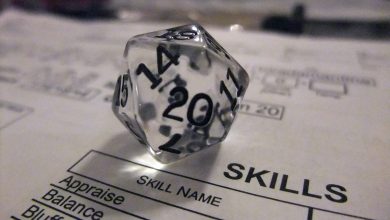Barbie Makeovers

Ah, Barbie. She first came on the scene in 1959 as a teenage fashion model. Barbie Millicent Roberts, from Willows, Wisconsin, was the creation of Mattel co-founder Ruth Handler, who named the doll after her own daughter. My mother, on the other hand, absolutely forbade Barbies in our house. Anticipating the criticisms of Barbie’s unrealistic proportions which have led to attempts to develop more “normal” dolls, Mum was concerned that Barbie would lead me to neglect my studies and develop an eating disorder. Much begging and pleading resulted in a Kitty Coed doll (which you can sometimes still find on ebay, complete with the white gogo boots!) This sober companion must have been a good influence as I managed to study my way to an Ivy college, although, alas, she did not rescue me from a fraught relationship with food.
Despite the hard work that Kitty and I did, though, Barbie’s careers left us in the dust. From her beginnings as a fashion model, Barbie went on to be an astronaut in 1965, and never looked back. She’s had at least 120 demanding careers and could still scoop younger (and non-plastic) models for a spot in the coveted (and, itself, deeply problematic) Sports Illustrated swimsuit issue. Given Barbie’s stellar example, the fact that I, like my mum, vowed never to have her in the house once I had a daughter, must surely be the result of sour grapes. It couldn’t have anything to do with suspecting that Barbie might not actually be entirely supportive of other girls’ career goals.
So what could possibly make me change my mind and open the doors of my daughter’s room to Barbie (and some of her legion of plastic emulators)? And why, exactly, would an angsty gay teenager ask for Barbies? Barbie makeovers. Very special Barbie makeovers. It turns out that a little acetone will remove Barbie’s factory imposed features and render her a blank canvas for budding artists to express themselves. It’s true, you can’t alter her plastic shape (much), but there’s still a world of opportunity for creative expression. So I’ve sold out, given up, and bought a couple of “Barbies”. The good news is that because of her success she’s ubiquitous and you can buy Barbie (or her knock-offs) at bargain and second hand stores for the $3 price that the original commanded in 1959.

The examples here are by my daughter (because I’m her mum, of course). The glam shot in the blue is the “before” photo; the vampire is the “after”. You can find lots of other amazing and inspiring examples by other artists, as well as vibrant communities devoted to altering Barbie. I won’t blame you if you still don’t want a Barbie (or if you do!), but you might consider giving a second-hand Barbie a home, and a makeover. If you find Kitty Coed while you’re prowling garage sales, give me a heads up. I miss her.
featured image: Vintage Mattel Barbie Dream Store Makeup Department by Michelle Sobina





My daughter and her friend used to draw nipples and pubic hair on their barbies … that’s when they weren’t shaving off the plastic and turning then into Borg.
Okay, you know what? You got me. I really dislike Barbie and am going to try to keep her out of my house, but this? The Barbie art project? This is really awesome and creative! (Still wish something could be done about the ridiculous bodies though).
That’s really cool.
I had some Barbie-ish dolls (my mother once told me that of course I could have a Peach Blossom Barbie. Or I could have a no-name doll PLUS all that other stuff for the same money. What can I tell, I am greedy), and my favourite activity was designing dresses myself. What can I tell? Designing and making clothes became my most favourite hobby in adult life…